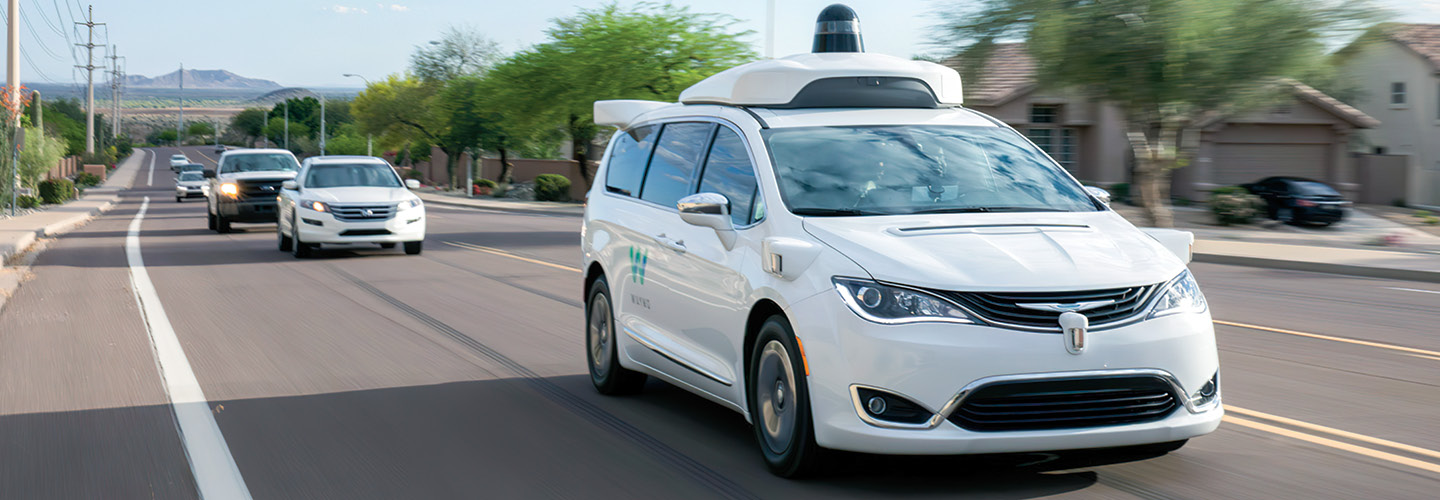Picture a world full of cars zipping down roads without a driver behind the wheel. You catch a ride to school from a robot that uses artificial intelligence and high-tech cameras and sensors to deliver you safely from door to door.
After Google unveiled its autonomous car prototype in 2014, tech experts promised fully functional self-driving cars were just around the corner. In 2015, Tesla CEO Elon Musk predicted they were only two years away.
Instead, what has resulted from the billions of dollars poured into developing autonomous vehicles are some clear advances, along with some high-profile injuries and deaths, and many unresolved questions. Some experts now say self-driving cars are still years from entering the mainstream.
“This is one of the biggest technical challenges of our generation,” says Dave Ferguson, an early engineer on the Google team who’s now president of Nuro, a company focused on delivering food and other goods using autonomous vehicles. He says many believed self-driving technology would improve like an internet service or a smartphone app. But robotics is a lot more challenging.
Picture a world full of cars zipping down roads without a driver behind the wheel. You catch a ride to school from a robot. It uses artificial intelligence and high-tech cameras and sensors to deliver you safely from door to door.
Google revealed its autonomous car prototype in 2014. Afterward, tech experts promised fully functional self-driving cars were just around the corner. In 2015, Tesla CEO Elon Musk predicted they were only two years away.
Billions of dollars have been poured into developing autonomous vehicles. The investment has led to some clear advances. But it’s resulted in some high-profile injuries and deaths and many unresolved questions as well. Some experts now say self-driving cars are still years from entering the mainstream.
“This is one of the biggest technical challenges of our generation,” says Dave Ferguson, an early engineer on the Google team who’s now president of Nuro, a company focused on delivering food and other goods using autonomous vehicles. He says many believed self-driving technology would improve like an internet service or a smartphone app. But robotics is a lot more challenging.

